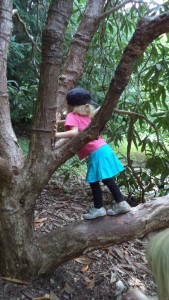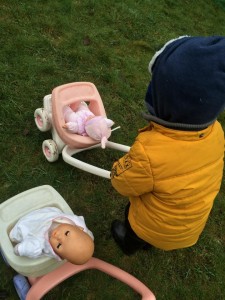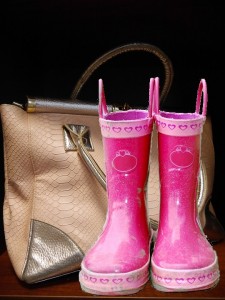Play is valuable for young children. Think of it as the pot-of-gold treasure at the end of a rainbow and we can make it happen for kids.
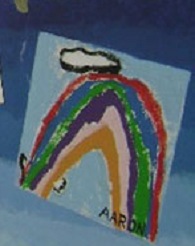 We all want what’s best for kids and go to extraordinary links to deliver that. For young children, that best includes time and opportunity to play. In a way, that’s an easy answer. It doesn’t give much information about the ways to play or what kinds of things kids need to play with. Professor and researcher, Dr. Alison Gopnik explains:
We all want what’s best for kids and go to extraordinary links to deliver that. For young children, that best includes time and opportunity to play. In a way, that’s an easy answer. It doesn’t give much information about the ways to play or what kinds of things kids need to play with. Professor and researcher, Dr. Alison Gopnik explains:
“Children learn by playing with everyday objects and by pretending. The old standbys of water, sand, mixing bowls, and cardboard boxes are still the most effective ways for babies and young children to learn about the physical world while the whole world of pretend—dolls and costumes and toy dishes—is the most effective way to learn about the social world.” (Dr. Alison Gopnik on the Evidence that Connects Play to Learning)
Leprechauns are very playful by nature, so here are a few ideas for ways to play today.
- Mix up a batch of green or gold play dough and let kids smush, roll, pat, cut, and create.
- Leprechauns hide their treasure, so play hide and seek with kids. Or, kids can play this game with each other.
- Spend some time at the playground or park, playing in the golden sun.
- Pretend everyone has the power to make wishes come true. What would some wishes be?
- Leprechauns and fairies love music. Fairies especially love to dance. They dance so much they constantly need new shoes. That’s why leprechauns are shoemakers. Put on some music so kids can dance around.
- In Ireland, people drink lots of tea. Might your child like to have a St. Patrick’s Day tea party?
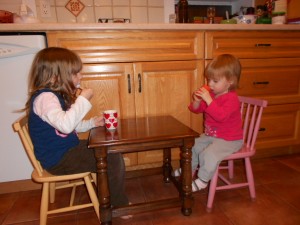 For kids, treasure can be spelled p l a y, because play is valuable for young children. Here is a wish for you and your child,
For kids, treasure can be spelled p l a y, because play is valuable for young children. Here is a wish for you and your child,
May your day be filled with laughter and play.

